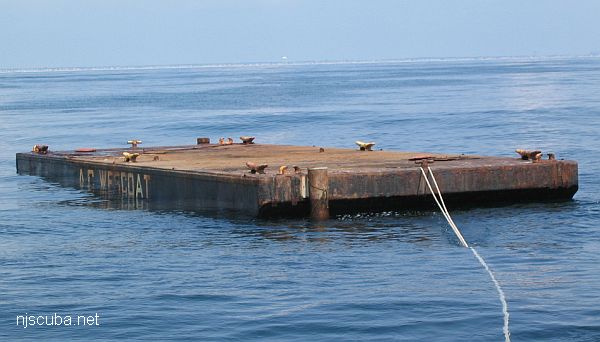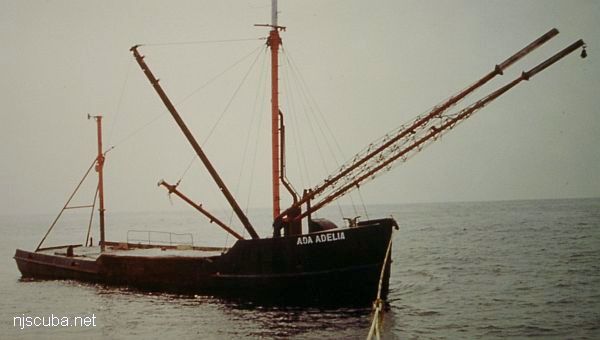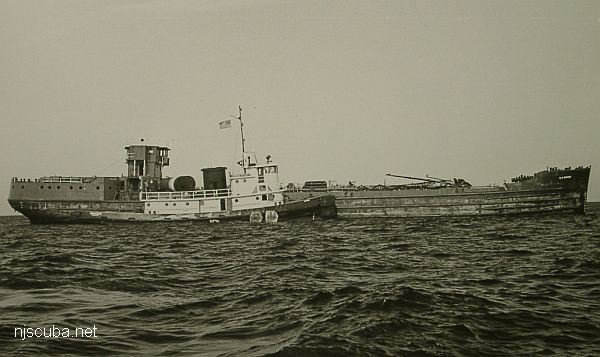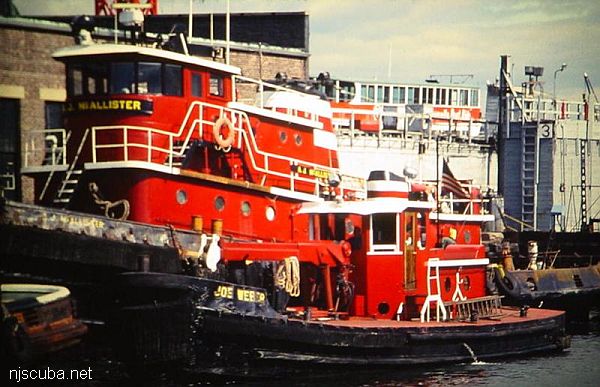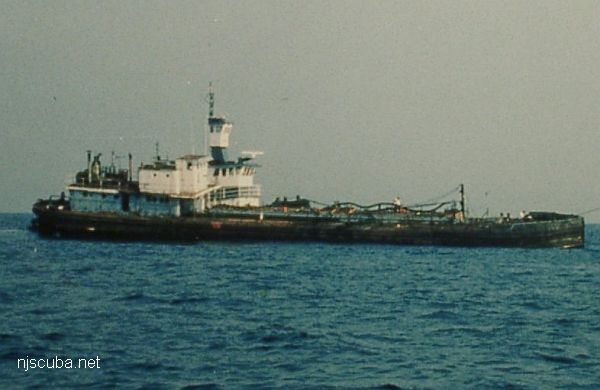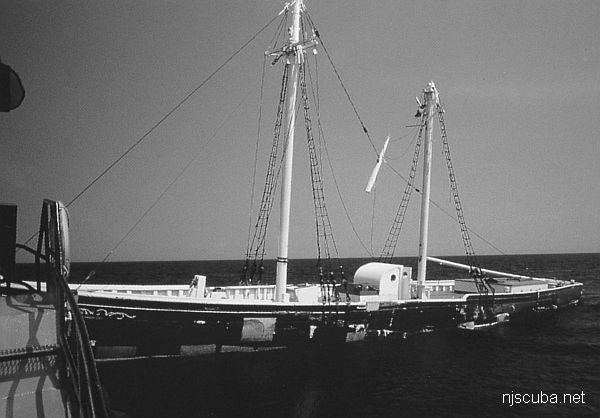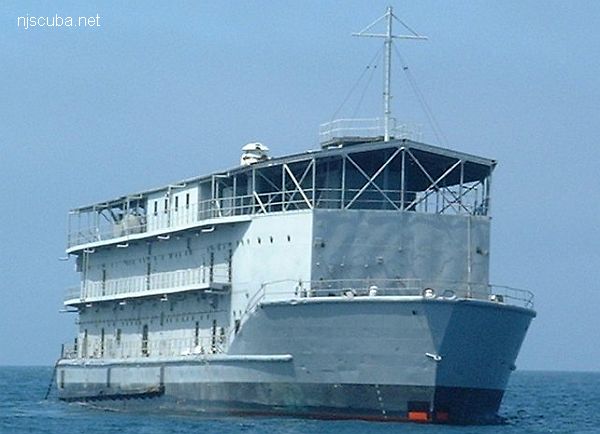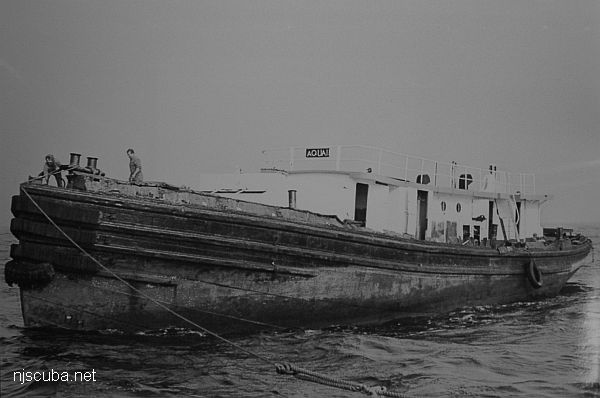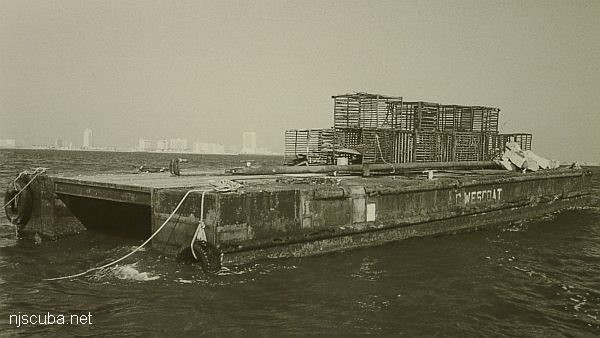
- Type:
- artificial reef, barge
- Specs:
- ( 60 x 25 ft )
- Sponsor:
- A.C. Wescoat Company, Fish America Foundation, Atlantic County Party & Charter Boat Association
- Sunk:
- Wednesday Oct 11, 1989 - Atlantic City Artificial Reef
- GPS:
- 39°15.540' -74°14.691'
- Depth:
- 80 ft
More: AC Wescoat ...

